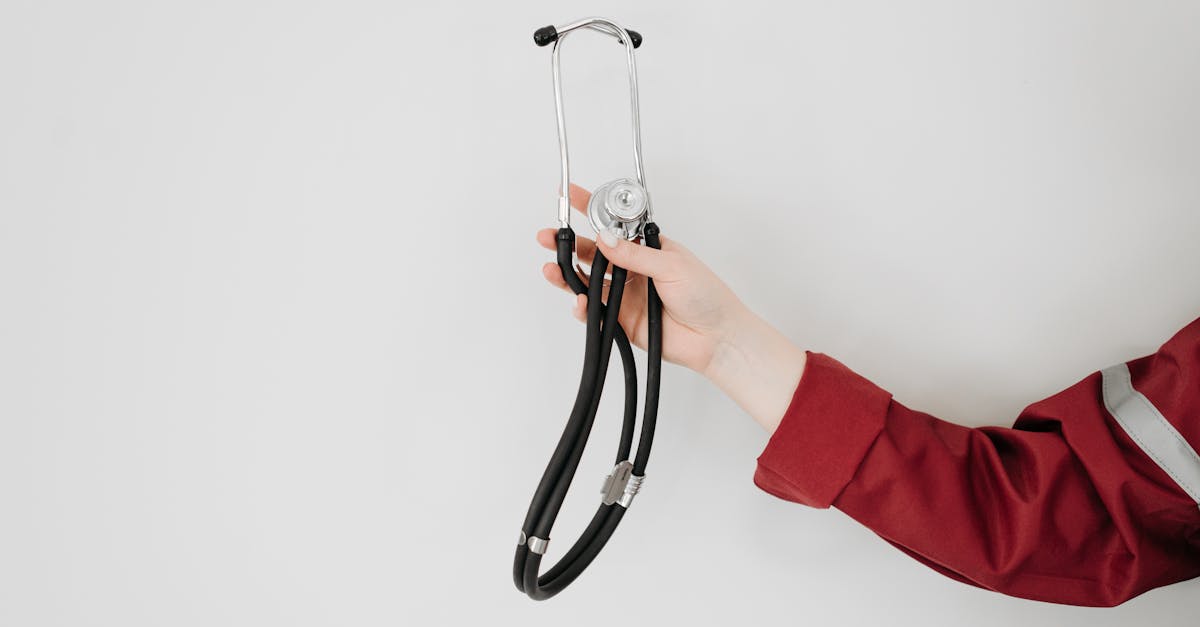Published on:
8 min read
Revolutionizing First Response: The Future of Emergency Medical Devices
The landscape of emergency medical services is on the brink of a major transformation. As technology advances, new devices are redefining how first responders approach emergencies, leading to faster and more efficient care.

The Role of Technology in Emergency Medicine
In recent years, the integration of technology within emergency medical services (EMS) has significantly improved response times and patient outcomes. From telemedicine applications that connect paramedics with doctors in real-time, to portable diagnostic tools that allow for immediate assessments at the scene, technology is enhancing the capabilities of first responders. Wearable health monitoring devices provide real-time data on vital signs, enabling paramedics to make informed decisions rapidly. Additionally, drones are being utilized to deliver essential medical supplies and medications to disaster-stricken areas, pushing the boundaries of traditional emergency response methods.
Innovative Devices Transforming First Response
Several groundbreaking medical devices are revolutionizing how first responders handle emergencies. One notable innovation is the automated CPR device. These devices ensure consistent and effective chest compressions during cardiac arrests, freeing up paramedics to focus on other critical aspects of care. Moreover, advancements in portable ventilators and defibrillators cater to patients' needs in diverse scenarios. Wireless ECG monitors have also gained popularity, allowing for the continuous tracking of heart rhythms on the move. These innovations not only save time but also contribute to significantly better survival rates for patients experiencing life-threatening medical events.
The Future of Emergency Medical Devices
Looking ahead, the potential for further advancements in emergency medical devices is immense. Artificial intelligence (AI) and machine learning are expected to play key roles in evolving this domain. These technologies can analyze patient data swiftly to aid in diagnosis and treatment protocols, enhancing overall care during the critical first response phase. Additionally, the rise of 3D printing in healthcare can lead to custom-made devices for specific emergencies, addressing unique patient needs on the spot. As we embrace smart technology, the entire landscape of emergency medicine will likely shift towards a more adaptive, responsive, and efficient system.
Conclusion
The future of emergency medical devices is bright, marked by innovation and technology. As we continue to integrate these advancements into our healthcare systems, we can expect more efficient and effective responses in emergencies. With rapid developments paving the way for the next generation of first-response tools, patient survival rates are set to improve dramatically, showcasing the undeniable impact of technology in saving lives.
Published on .
Share now!










